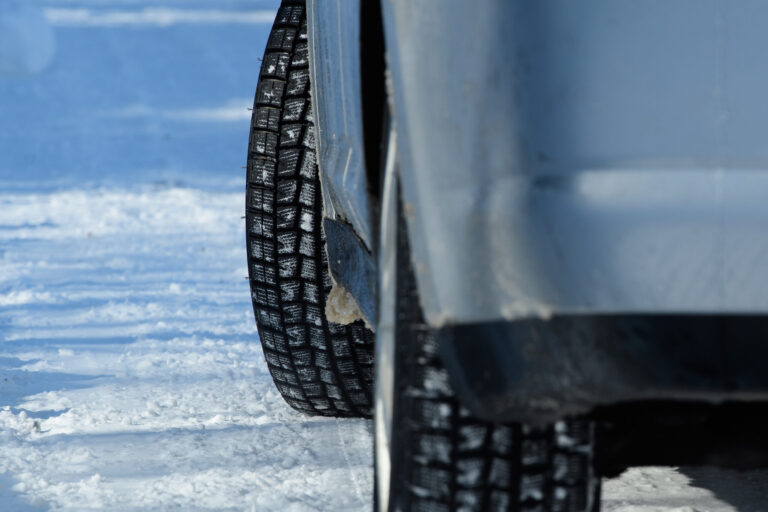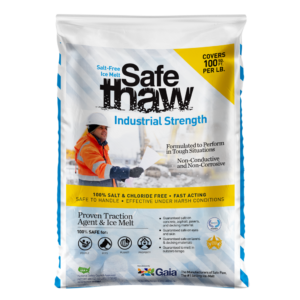Identifying Safe Ice (5 Things To Check)

If you’re a winter sports enthusiast and live in an area with lakes, rivers, or ponds, you know how important it is to have some traction on ice and check the ice before you walk on it. Whether you’re looking for a skating rink or looking for ice traction for tires, here are five things to look for when identifying safe ice:
Ask.
Don’t be afraid to ask someone who has been there before. Ask the local game warden, the local fire department, or the local police department. Or call in favors with your friends who have kids and can get you insider information on where they play in the winter. It’s okay to ask—people will most likely be happy to share their knowledge with you!
For Traction On Ice – Use Traction Agents.
For traction on ice, use instant traction agents. Salts take time to work, and you can not wait to cross the icy path. When it is freezing outside, steps can become a tripping hazard. Use a natural and instant traction agent to improve traction on the steps. The most effective natural traction agent for your personal use is Walk On Ice. Walk On Ice contains two types of granules – Absorbers and Grippers that helps to provide the required traction for walking. You can spread the granules on the steps to provide traction.
Check For Algal Blooms.
Algal blooms are another sign that the ice may not be safe. Algae can appear in colors, including green, brown, and red. They can grow in a wide range of shapes and sizes, so it’s essential to check carefully for any signs of algae when you’re looking at the ice to cross. When checking for algae, look on both sides of the river or stream where you want to cross—algae often grows on one side more than another.
Pay Attention To Color.
Ice is white, not blue. Ice that looks like it’s glistening and bluish in color is not safe to use for rafting or other water activities. You may think the color means it’s clean and clear of bacteria, but that’s not true. Blue ice melts faster than clear ice which makes it easier for bacteria to grow in the water beneath.
Get ready for winter with Walk On Ice instant traction on snow and ice
Listen For Cracking.
While you’re on the ice, listen to see if there is any cracking. If so, that’s a sign of weakness in the ice and you should get off it quickly. Cracking can happen for various reasons—it could be caused by shifting from temperature fluctuations or from windy conditions on top of the water—but it’s always a good idea to avoid walking over cracking areas because they might not be as strong as other parts of the lake.
Checking ice before you walk on it is the best way to stay safe. The more people who do this, the better off we’ll all be! If you have any questions or concerns about this article, please feel free to comment below. In the end, always walk where there is some traction on ice.
Other Ice Melt Products
Safe Paw
The Original and #1 Selling Pet and Child Safe Ice Melt for over 20 years. Guaranteed environmentally safe – will not harm waterways and sensitive wetlands. All products are made in the USA.

Safe Thaw
Imagine an ice melt you can put down and never worry about. It won’t harm pets, kids, and your property. That’s Safe Thaw. Unlike anything else on the market, Safe Thaw can change how winter affects our planet.



